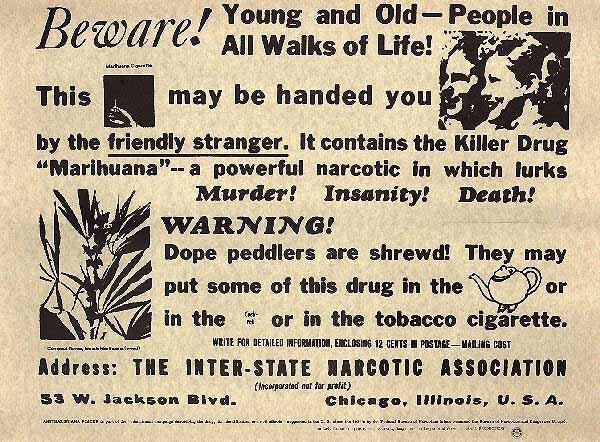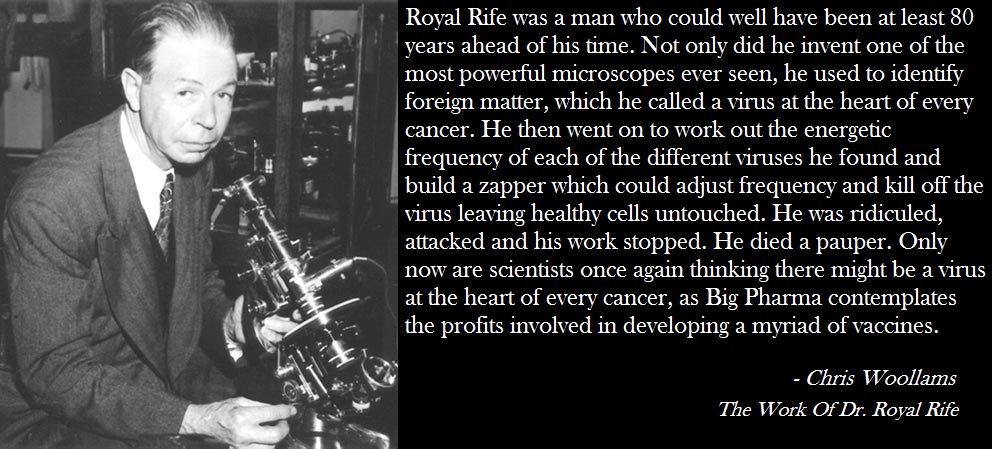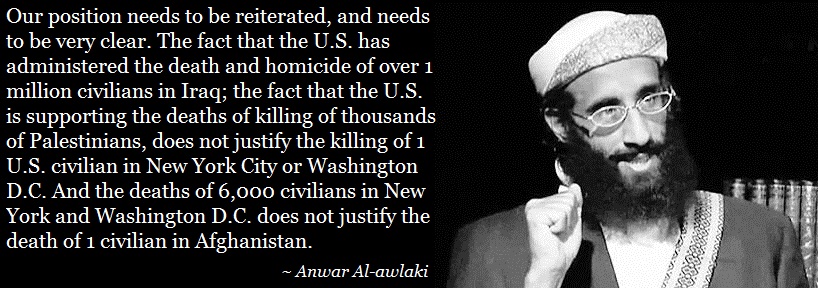

Harry Anslinger
Harry Anslinger, the first appointed Commissioner of the Federal Bureau of Narcotics starting in 1931, led an ardent anti-marijuana campaign in the U.S. during the 1930s. In his July 1937 article, “Marijuana, Assassin of Youth,” Anslinger laid out numerous case claims of people who had smoked “the weed” and simultaneously lost control of their actions and killed innocent people. Because marijuana (scientifically known as Cannabis sativa) grew in essentially every state in the U.S., Anslinger reasoned that its common growth in nature explained why “gangsters perhaps have found it difficult to dominate the source.” The Bureau of Narcotics, formulated under the U.S. Treasury Department, was the vehicle through which marijuana was characterized as a drug that turned people into violent beings with little or no control over their actions.
“No one knows, when he places a marijuana cigarette to his lips, whether he will become a philosopher, a joyous reveler in a musical heaven, a mad insensate, a calm philosopher, or a murderer.” ~ Harry Anslinger
Anslinger’s concerns and anti-marijuana efforts were indeed passionate, but his claims lacked scientific backing from the medical community. Some in the medical field at the time actually believed marijuana might have beneficial health uses. Melvin Urofsky, a current Professor of History at the Virginia Commonwealth University, explains that the American Medical Association did not show up to one of Anslinger’s key congressional hearings on marijuana to support his claims. In fact, Aslinger purposefully misled medical organizations as to when to show up to congressional hearings, thus preventing their testimony on marijuana. The AMA’s lack of appearance didn’t faze Anslinger, as he “lied to the committee and told them that the AMA favored strict regulation of marijuana.”
Racism was also a common factor in Anslinger’s attack on marijuana. Marijuana was typically associated with Mexicans and blacks; groups who were generally lower class and looked upon in a negative light. Among several known racist remarks, he said, “Colored students at the University of Minnesota partying with female students (white) smoking [marijuana] and getting their sympathy with stories of racial persecution. Result pregnancy.” The 1937 Act passed by Congress and signed into law by President Roosevelt listed marijuana as a narcotic, conveniently adding to Anslinger’s Bureau of Narcotic’s jurisdiction of illegal drugs to regulate and enforce. This possible play for power, racist concern of marijuana’s effects, and the neglect to consult legitimate medical organizations during congressional hearings puts a serious dent in the work and intention of Harry Anslinger in his campaign against marijuana. Despite this, it is largely because of Anslinger’s efforts that marijuana was criminalized and cast into such a negative light in the U.S.
VN:F [1.9.18_1163]









